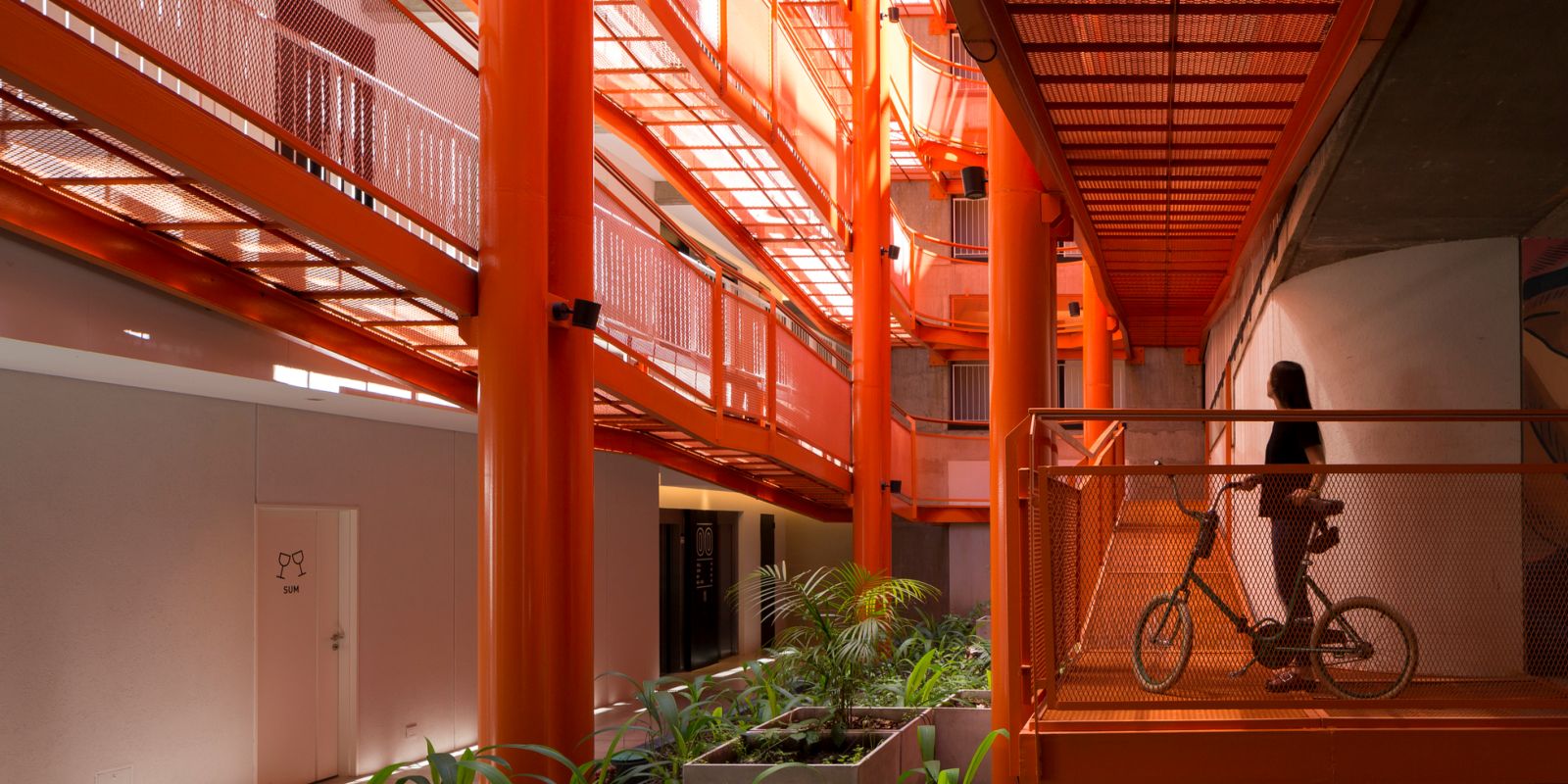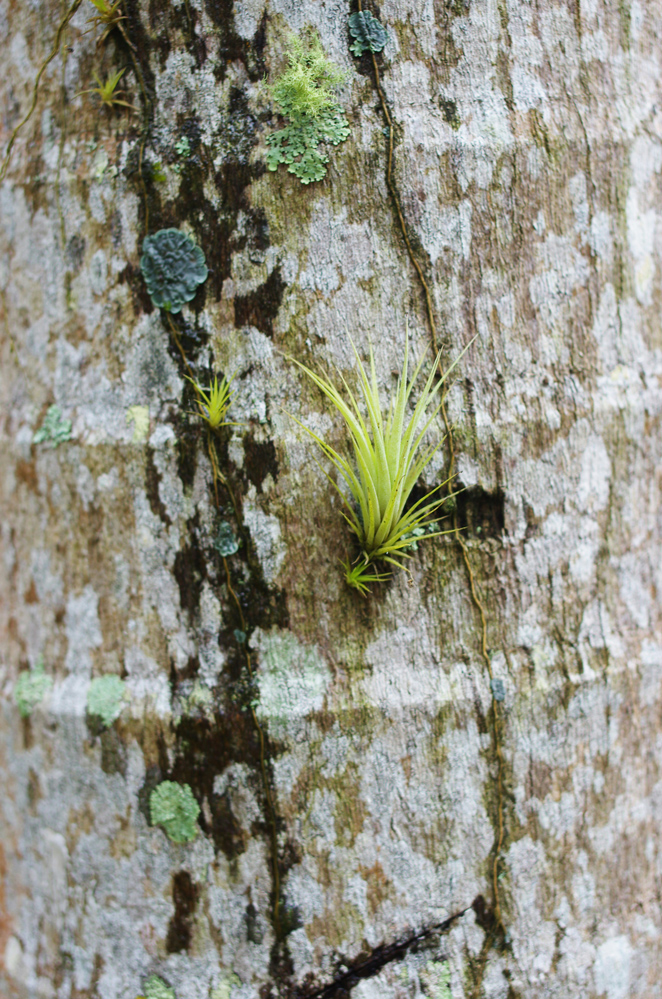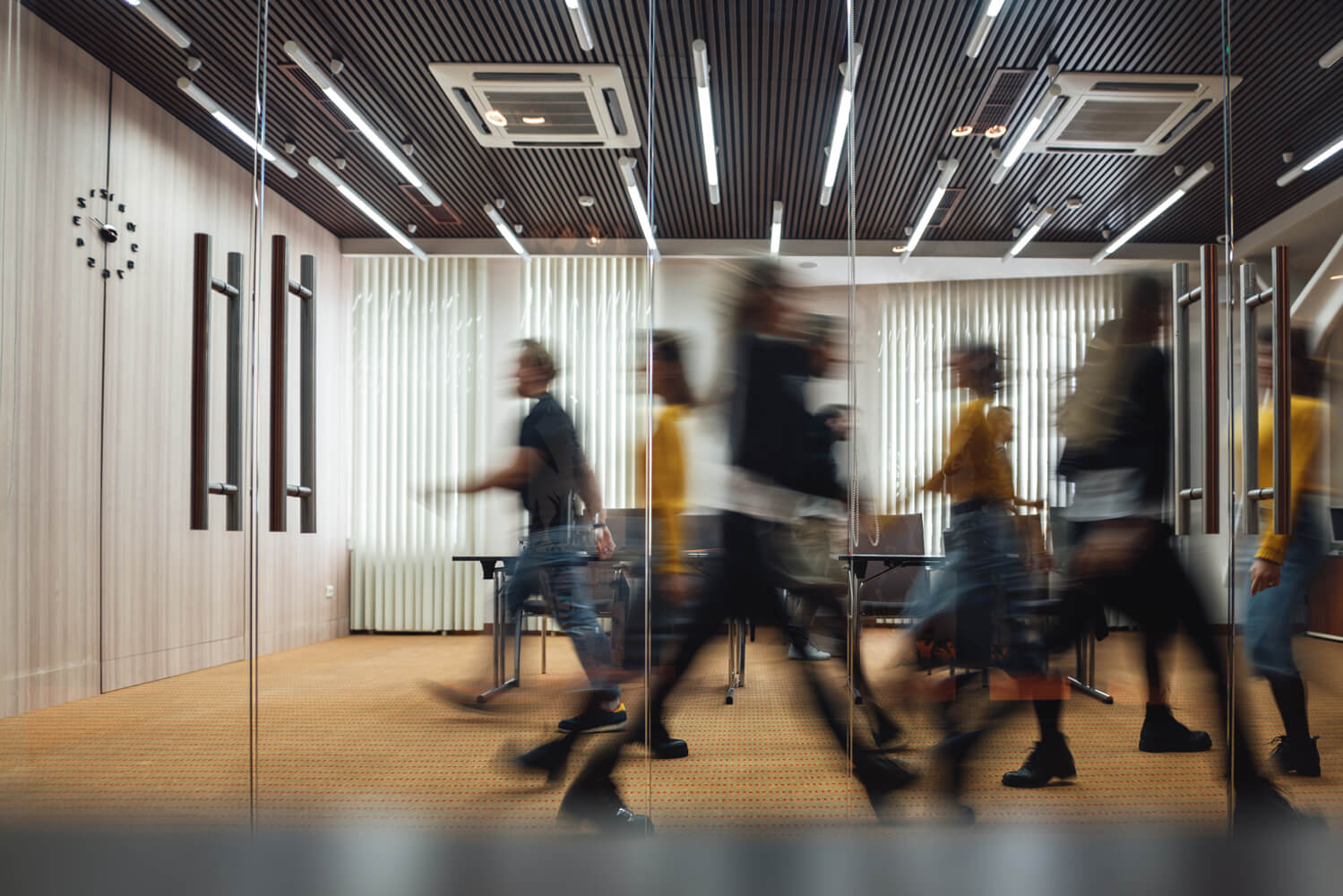High Carbon Commutes in Low Carbon Buildings


Taking Transportation Seriously For Sustainable Design
From where you are reading this right now, how easy would it be to get to a grocery store without a car? How about a hospital, a post-office, or a gym? These questions can have tremendous impact on our quality of life, and real-estate value, but they also hint at how and why transportation is the largest contributor to greenhouse gas (GHG) emissions in the US. That’s why LEED version 5 now aims to address the carbon impact of where and how we build.

The new Transportation Demand Management (TDM) credit challenges teams to take ownership of the carbon emissions generated by occupant commutes. Similar to LEED’s energy and water use calculators, teams will be rewarded for demonstrating reductions in emissions compared to an established baseline, using USGBC’s new transportation emissions calculator. From there, projects can implement TDM strategies to further lower projected emissions.

“Reduction” sounds restrictive. Will these updates pass a burden on to future building occupants? Not at all.
TDM strategies are designed to increase convenience by offering a wider variety of travel options while supporting healthier, more accessible, and more inclusive communities. Not everyone owns a car or has a driver’s license. Expanding opportunities for walking, biking, public transit, and emerging modes like e-scooters reduces dependence on personal vehicles while improving overall well-being. These strategies also minimize the need for large, paved parking areas, further enhancing sustainable site design.

What can developers and design teams do to set their project up for success?
For developers, site selection is key. Choosing locations with access to public transit and strong connections to bicycle networks is crucial for success. The selected site isn’t just a blank canvas for high-performance design; it unlocks the infrastructure that makes TDM strategies work.
For design teams, strategies include incorporating secure bike storage, showers and changing facilities, and simple bike repair stations like those found in parks. Reducing parking areas and adding electric vehicle charging stations can also have a meaningful impact.

Final Thoughts
When buildings are easier to reach without a car, everyone benefits. Infrastructure works more efficiently, communities thrive, and sustainability becomes part of everyday life. Whether it is a bike rack in a dense city or employer-sponsored transit in a rural area, TDM strategies help weave low-carbon living into daily routines.
At BranchPattern, we’re ready to guide project teams through this new opportunity in LEED v5.
You can check your Walk Score right now by visiting walkscore.com, and start thinking about how the buildings you design or develop can raise that number for transportation emissions. Together, we can start taking transportation seriously in sustainable design.



View More Resources
Benefit from our expertise


